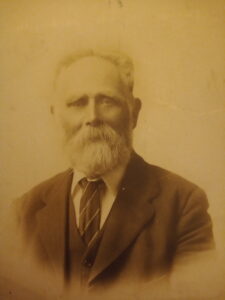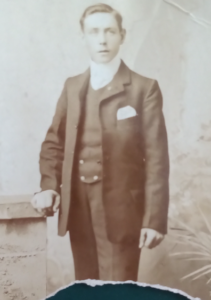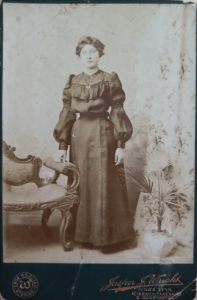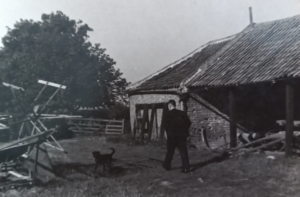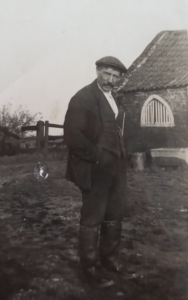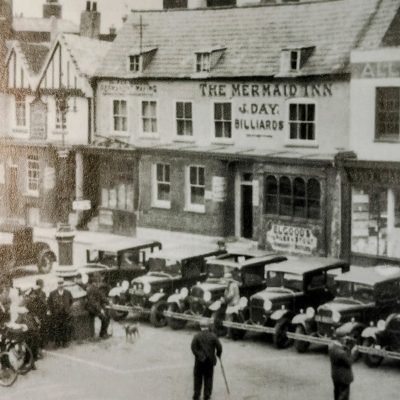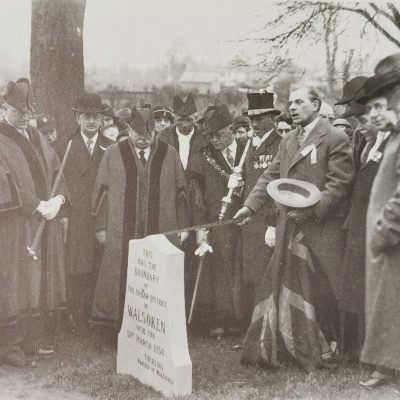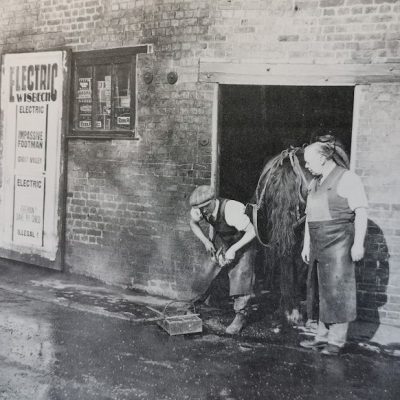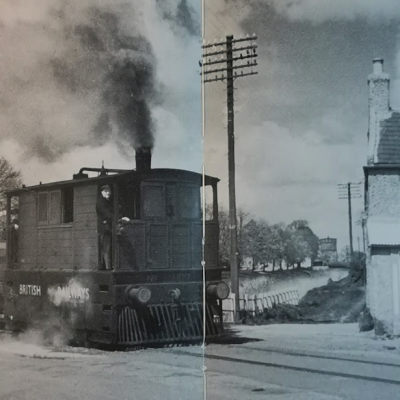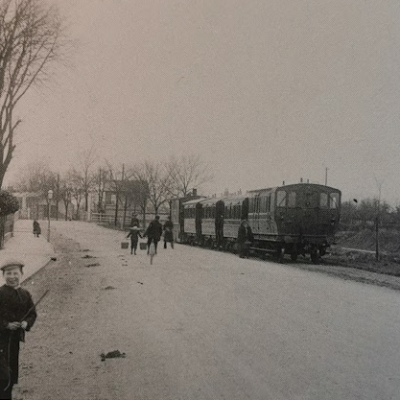Search by topic
- archaeology
- Building of Local Interest
- chapel
- charity
- church
- crime
- dressmaker
- fire
- Great Eastern Railway
- Listed building
- Mapping Relief
- medieval
- oral history
- poverty
- Public House
- Religious House
- Roman
- scholar
- school
- Then and Now
- tudor
- women
- work
- world war one
- world war two
Search by text
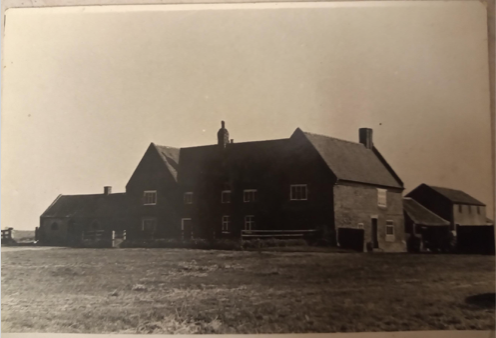 Trinity Hall Farm, Wisbech c.1940
Trinity Hall Farm, Wisbech c.1940Trinity Hall Farm, Wisbech
History of Trinity Hall Farm
The Carter family were farmers here, probably tenants, pre-World War 2.
1901 Fen End, Terington St Johns
James Carter, 45, machinist [?], b Camb Friday Bridge
Susan, 53, b Norfolk
Thomas H Green, step son, 27, grocer, b Leverington
Heather W Carter, son, 21, engine driver threshing machine, b Norfolk Tilney St Lawrence
Julia Green, step daughter, 19, b Leverington
Harriet M Carter, 17, parlour maid, b Norfolk Tilney St Lawrence
Arthur Carter, son, 15, machinist son, b Norfolk Tilney St Lawrence
Ada, 13, b Norfolk Tilney St Lawrence
Ethel, 11, b Norfolk Terrington St John
1911
James Carter, 60, widower, farmer
Arthur, 25, farmer’s son working on farm
Maude Shore, daughter, 27, married, b Tilney St Lawrence
Winnie, grand daughter, 3, b Wisbech
Lenard, son, 1, b Northants
1912
Arthur James Carter married Eliza Brown.
They went on to have five children:
Joyce b. 1913, Thirza b. 1916, Lilian b.1918, Doris b.1921 and Arthur b.1925.
[Lilian] remembers one of the cart horses wandering in and getting stuck in the kitchen pantry. My grandmother was not amused. (Email from SB 2022)
Contribute
Do you have any information about the people or places in this article? If so, then please let us know using the Contact page or by emailing capturingcambridge@
License
This work is licensed under CC BY-NC-SA 4.0





